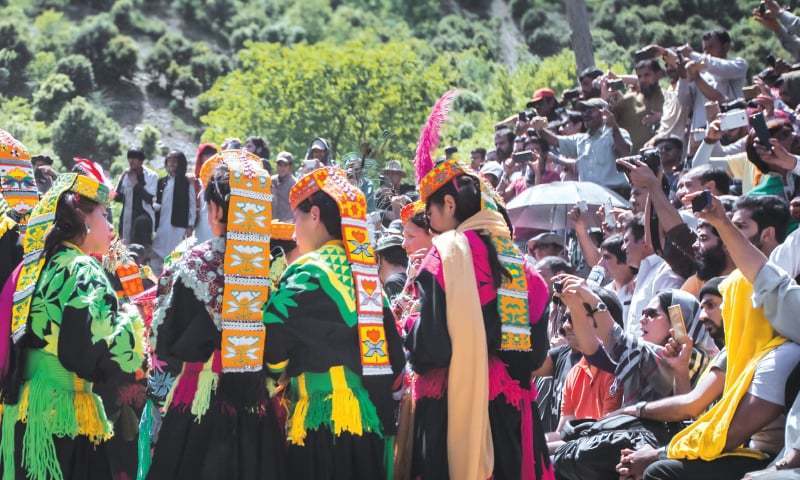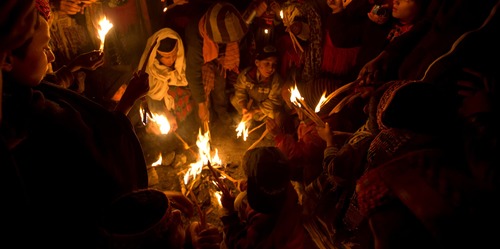ISLAMABAD: The Suri Jagek practice of Pakistan’s indigenous Kalasha people has been approved by the United Nations Educational, Scientific and Cultural Organisation (Unesco) for inclusion in this year’s list of Intangible Cultural Heritage (ICH), it emerged on Wednesday.
The nomination was accepted by the Unesco’s Inter-governmental Committee for Safeguarding the Intangible Cultural Heritage during its 13th session being held in Port Louis, Mauritius. The 2018 list also includes cultural heritage in Kenya, Algeria, Cambodia, Syria, Egypt and Azerbaijan.
The 24-member committee’s session, which began earlier this week and will conclude on Saturday, discussed several issues that are important for the safeguarding of living heritage around the world and approved the 2018 list of Intangible Cultural Heritage (ICH) in Need of Urgent Safeguarding.
The Unesco committee accepted Pakistan’s nomination that “as a ruling custom, integral to the formation of the traditional luni-solar calendar dictating times for festivals, feasts and social events, as well as animal husbandry and agriculture of the Kalasha and Muslim community residing in the three valleys, consider Suri Jagek to be an integral part of their Intangible Cultural Heritage”.
A first exclusive inscription for 2003 Convention for Pakistan — the other two being Nauroz and Falconry shared with neighbour countries in the region — Suri Jagek (literally, observing the sun) is a Kalasha meteorological and astronomical practice carried out in December on the winter solstice and is based on the observation of the sun, moon and stars in reference to the local topography.
The practice and enactment of Suri Jagek lies predominantly in the Hindu Kush range with the local topography providing visual cues to observe the rising and setting of the sun behind ascribed geographical locations from observatories called Suri Jagaekein located in villages of the three Kalasha valleys — Mumuret (Bumburet), Biriu (Birir) and Rukmu (Rumbur).
However, the ancient observatories like Suri Jagaekein are under threat with increased construction within the Kalasha valleys. Suri Jagaekein of certain villages such as Balanguru in Rumbur and Guru in Birir provide obstructed views of the rising sun due to built structures and visual impairment from trees, respectively.
Such factors resulted in a lack of awareness among the younger population regarding the cultural significance and utilitarian benefits associated with Suri Jagek. There is a complaint among community members that the curriculum taught along with the pedagogy used in schools has perpetually alienated them from their own culture.
Inscriptions on the list of ‘Intangible Cultural Heritage in Need of Urgent Safeguarding’ require a safeguarding plan prepared by the state party with the participation and involvement of the communities.
Published in Dawn, November 29th, 2018















































